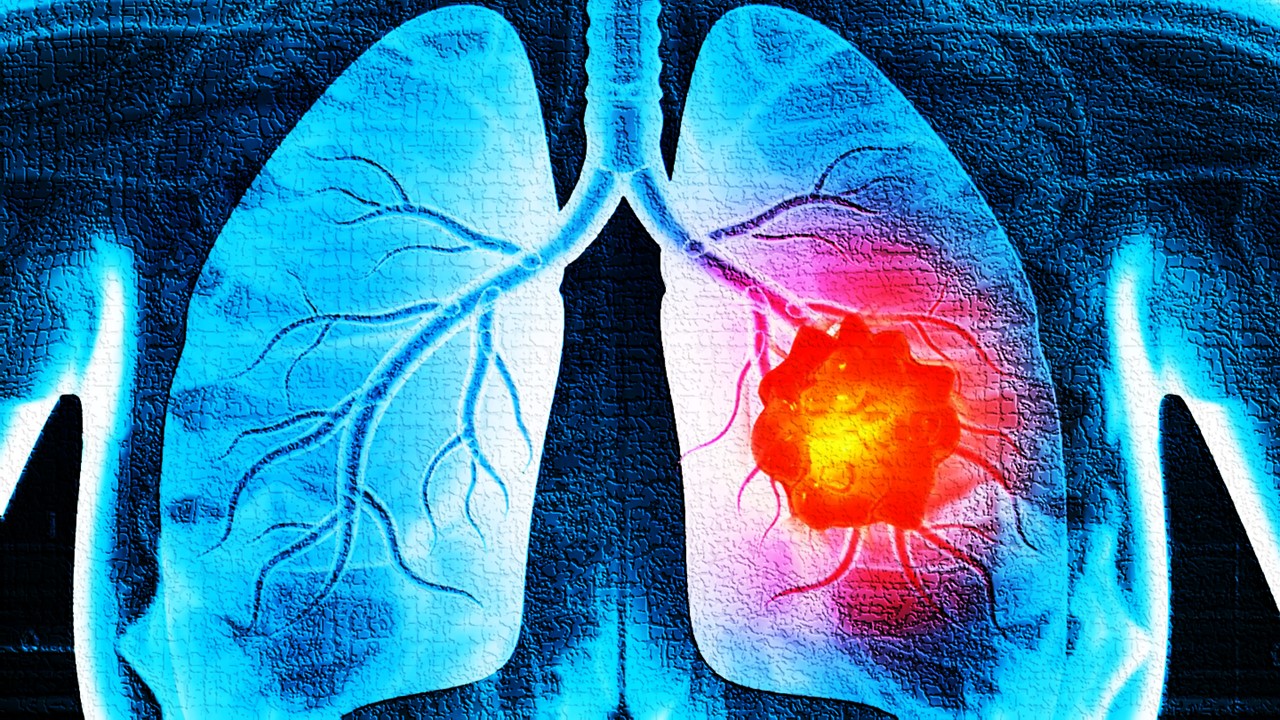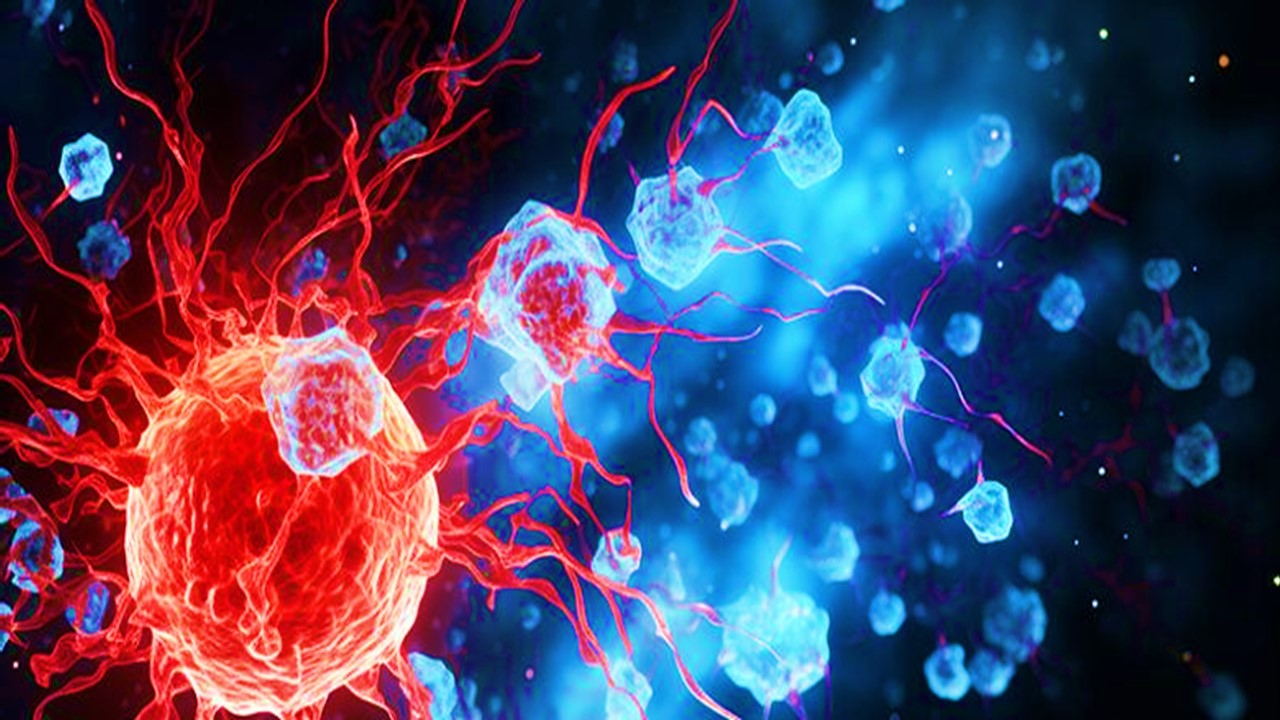A ground-breaking use of nuclear medicine brain imaging has been made obvious by a recent literature study. With the use of this innovative method, it may be possible to identify the molecular changes that cause chemo-brain, also known as chemotherapy-related cognitive impairment (CRCI). Nuclear medicine imaging helps people better appreciate the complexities of their illness by enabling a deeper understanding of the cognitive status of patients both before and after therapy. This informative review of data, which offers hope for the future of cancer survivors, was recently published in the Journal of Nuclear Medicine.
The Enigma of Chemo-Brain
A variety of cognitive deficits make up the clinical disorder known as CRCI. Patients struggle with executive functioning, information processing, memory, and attention issues, as well as possible mood and anxiety disorders. The fundamental molecular mechanisms causing chemo-brain are still a mystery, despite the fact that the clinical features of CRCI have gotten a lot of research.
Nuclear Medicine’s Role in Investigating CRCI
Nuclear medicine techniques have the potential to help understand the physiological processes connected to CRCI, according to renowned nuclear medicine specialist Dr. Agostino Chiaravalloti of the University Tor Vergata in Rome, Italy. These methods involve employing certain imaging probes to conduct studies on the cortical metabolism, the integrity of the dopamine transporter, and neuroinflammation. Despite the potential advantages, nuclear medicine tests are rarely used in the diagnostic evaluation of patients who have CRCI-related symptoms.
Unveiling the Current Landscape
An intensive literature study was carried out by a group of researchers in order to fully examine the possibilities of nuclear medicine and molecular imaging in treating chemotherapeutics-treated brain. They found 22 pertinent studies employing the PRISMA guidelines for literature searches, concentrating on two important topics: 1) the influence of frequently administered oncotherapeutics on cognitive function; and 2) the results of single-photon emission computed tomography (SPECT) and positron emission tomography (PET) scans in CRCI. These studies provided evidence of the damaging effects of chemotherapy medicines on cognitive function, including executive function deficits, increased anxiety, and sleep problems. The results also highlighted the value of SPECT and PET imaging methods for observing blood flow, glucose uptake, and receptor expression—all of which may play a role in the advancement of CRCI.
A Glimpse into the Future
A wide range of technologies are available in the field of nuclear medicine to carefully assess the pathophysiological mechanisms causing CRCI. These results, according to Dr. Chiaravalloti, may pave the way for a greater comprehension of the potential significance of molecular imaging in detecting subtle changes in the brain after treatment. Additionally, molecular imaging holds the prospect of observing how the brain responds to chemotherapy in patients, offering critical information on how the medication affects cognitive function.
Conclusion
An crucial step in solving the chemo-brain puzzle has been reached with the publication of this ground-breaking literature review. Imaging methods used in nuclear medicine provide a unique and intricate view of the physiological changes linked to CRCI. Researchers want to expand our comprehension of the underlying mechanisms by using nuclear medicine as a potent investigative tool, opening the door for new diagnostics, individualized therapies, and monitoring techniques. The innumerable people who suffer from this mysterious illness stand to benefit much from nuclear medicine imaging’s capacity to cut through the chemo-brain fog.
Study DOI: 10.2967/jnumed.121.263294
Subscribe
to get our
LATEST NEWS
Related Posts

Immunology & Oncology
The Silent Guardian: How GAS1 Shapes the Landscape of Metastatic Melanoma
GAS1’s discovery represents a beacon of hope in the fight against metastatic disease.

Immunology & Oncology
Resistance Mechanisms Unveiled: The Role of Glutathione S-Transferase in Cancer Therapy Failures
Understanding this dual role of GSTs as both protectors and accomplices to malignancies is central to tackling drug resistance.
Read More Articles
Myosin’s Molecular Toggle: How Dimerization of the Globular Tail Domain Controls the Motor Function of Myo5a
Myo5a exists in either an inhibited, triangulated rest or an extended, motile activation, each conformation dictated by the interplay between the GTD and its surroundings.
Designing Better Sugar Stoppers: Engineering Selective α-Glucosidase Inhibitors via Fragment-Based Dynamic Chemistry
One of the most pressing challenges in anti-diabetic therapy is reducing the unpleasant and often debilitating gastrointestinal side effects that accompany α-amylase inhibition.













